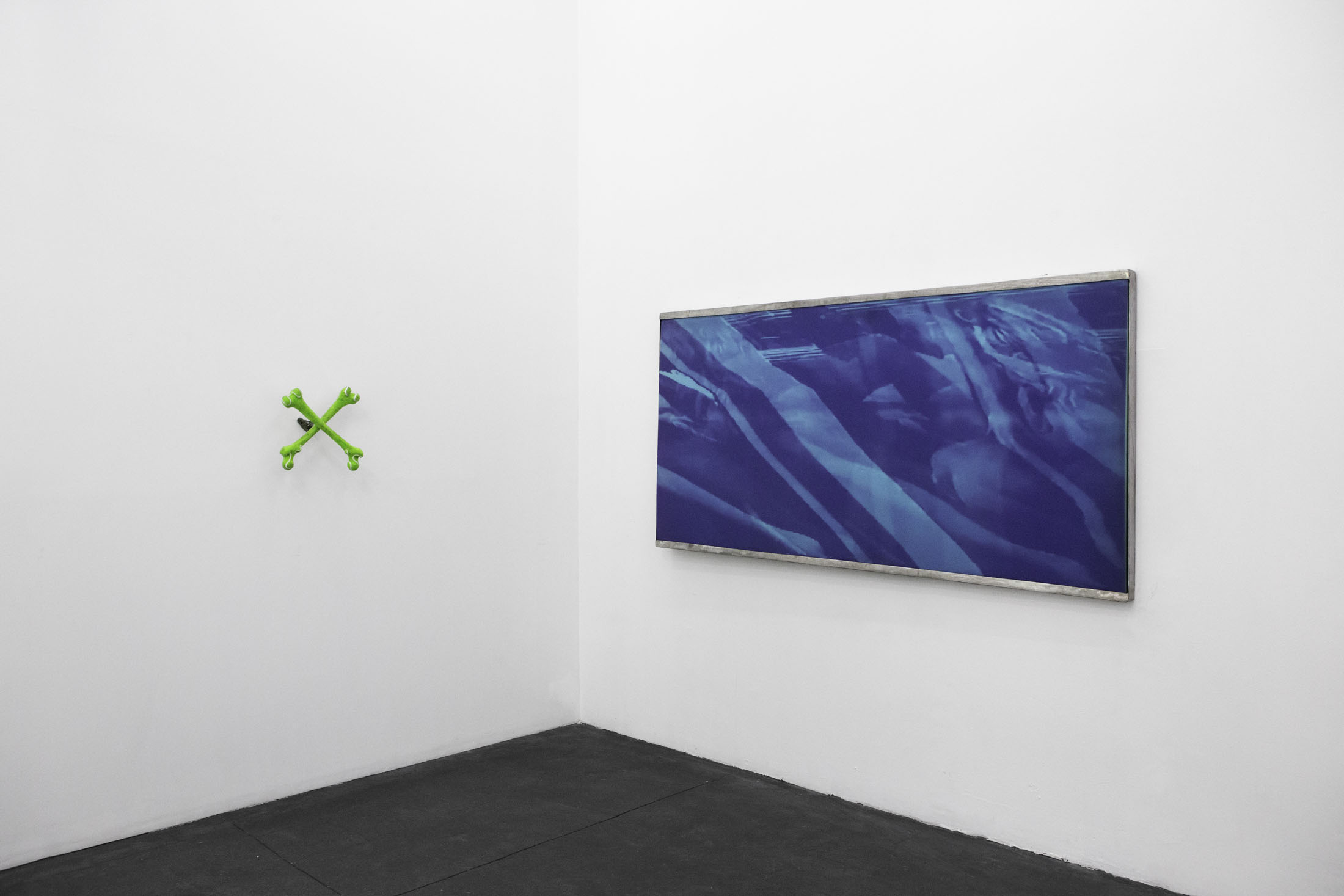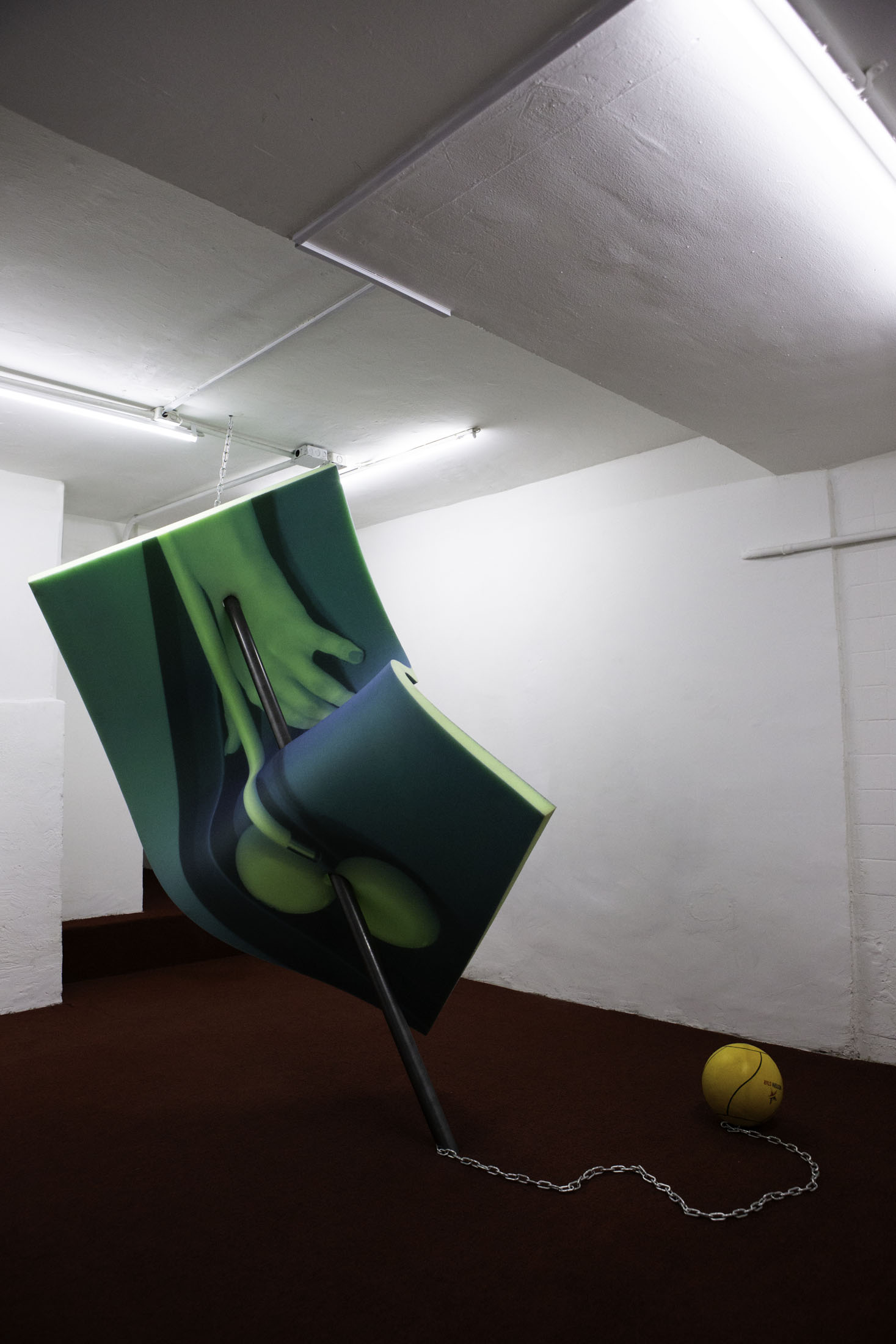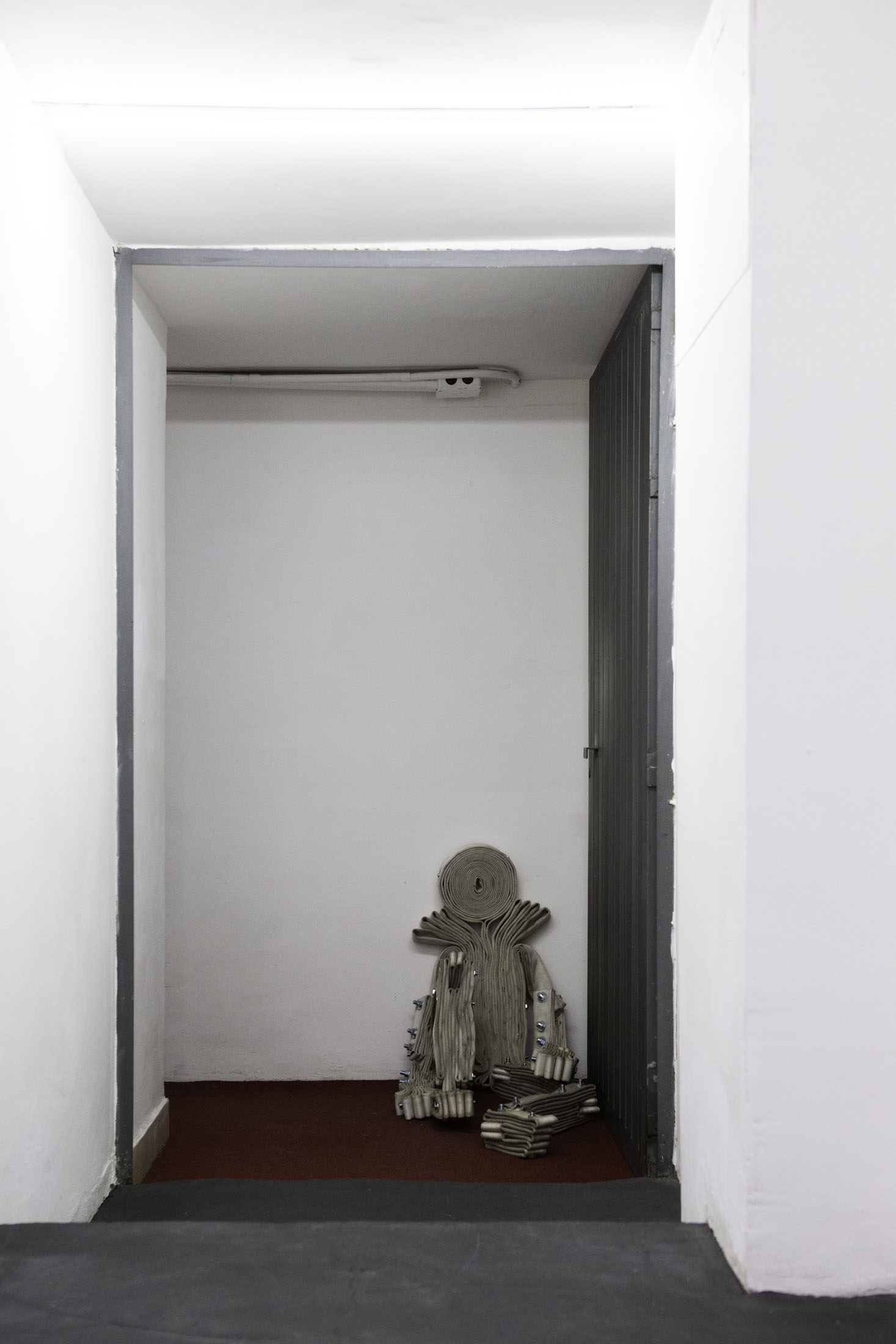
Text by Ricardo Diaque
What are the feelings we share with other species?
Are there any that are ‘universal’?
In principle, these questions are both rhetorical and literal due to the improbability of finding any one specific answer. Operating more like a prompt, the starting point for this conceptual exploration lies in answering these queries through subjectivities i.e., through contexts, situations, interactions. Referencing sensory awakening –Optimal Tonus– takes its title from the book Sense Relaxation: Below your mind by Bernard Gunther: a text, filled with photographic illustrations where one can find exercises to relieve bodily and mental tension through instructive methods. In one of the chapters in this book Optimal Tonus is construed as “a dynamic concept in which the organism automatically adjusts to the amount of muscular tension necessary to perform (any) particular task”. It goes on to illustrate the example of the cat “sitting at ease, completely alive, eyes open or closed, breathing easily; ready in an interested instant to spring into action”.
In an opportunity to encounter a set of simple ideas through synthetic artworks which surprisingly reflect on how behavior can be modulated, the present exhibition, ruminates upon the urgency of obtaining abilities hitherto animalistic to not only survive within the present state of the artworld, but perhaps more importantly, to thrive in it. Through complex strategies, Billie Clarken and Georg Nordmark present us with a series of obstacles – to be explored through the perceptions of each observer and which ultimately operate as reminders that even if difficulties might exist which prevent sensory enjoyment from taking place in the contemporary, there are yet to be absolutes, and thus present us with a few opportunities for relief.
There are poignant ways with which the artists envision relaxation. For Clarken, sexual desire is addressed through materials and representative images. There is a deviant imperative which focuses in-between things which have and will continue to be consumed, such as pornographic imagery, although instead on focusing on obtrusive violence, she instead chooses to highlight the break in the signal. Essentially, the works Clarken presents bring inconclusive explorations by giving semiotic twists in the significance of universal symbols. In a similar exercise, Nordmark uses ready-made objects to assemble sculptures that reference the control we maintain over animals, thus dissecting the human obsession with categorization and enquiring into the problematics of zoological sciences and the imprisonment of certain animal species. But the complexity of Nordmark’s pieces go beyond complaint, by delving into playful assemblages where he utilizes human objects which are used to prevent accidents, such as making a life size dummy out of firehoses, a rhinoceros toy made from traffic cones, and a felted set of femurs flocked with tennis ball felt.
Not unlike the 20th century theatre of the absurd, Optimal Tonus questions the gravity in which art currently stands, by playfully provoking aesthetic judgement. It seems like many things such as the market, the flow, and the climate in art, are upside down, without logic. So, if this is not the ideal time to create, then, when is?





